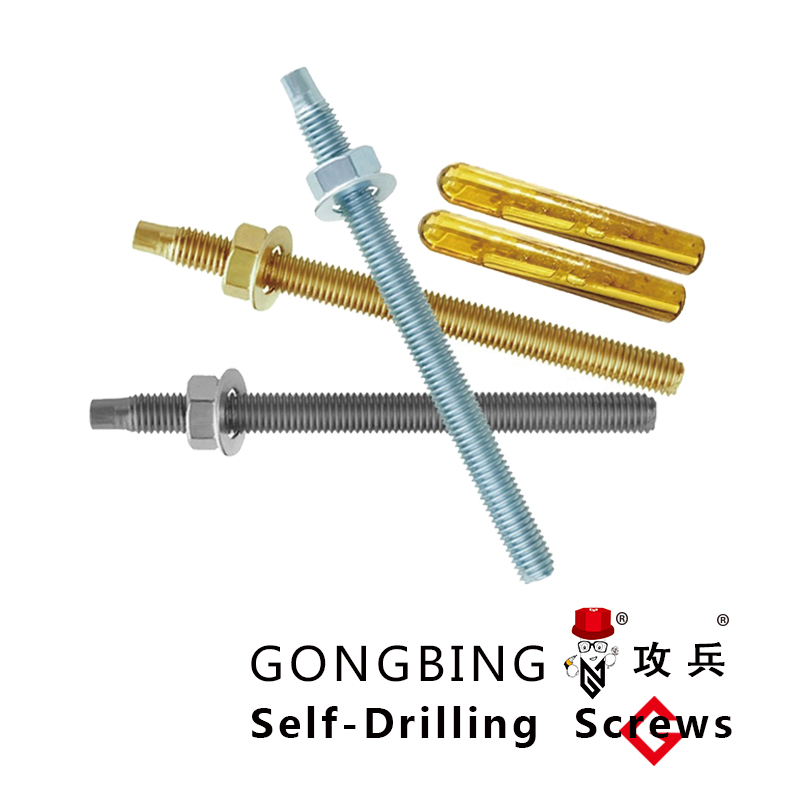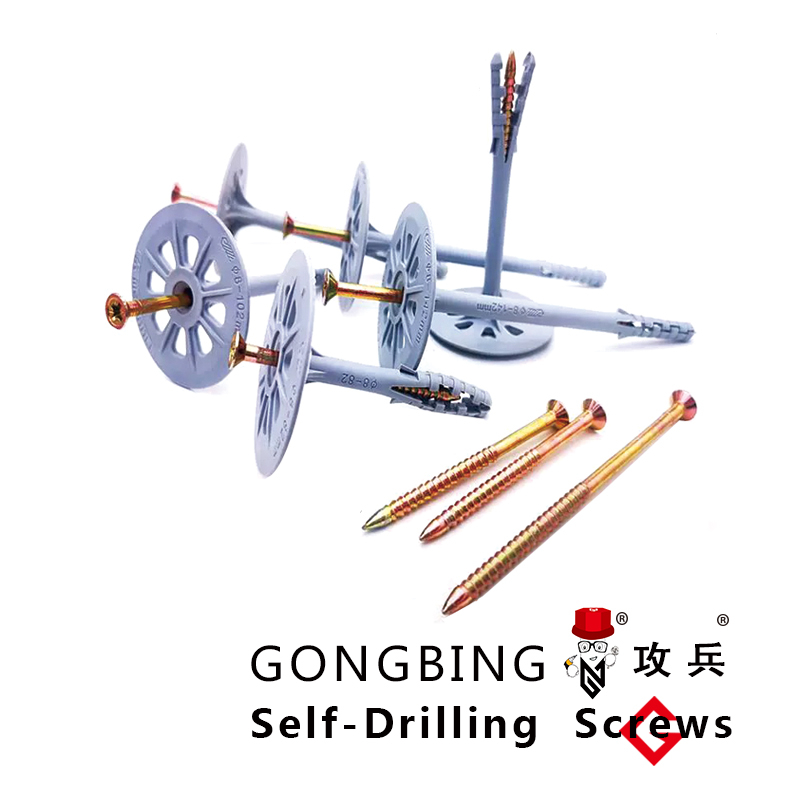types of self drilling screws
In the realm of construction and manufacturing, self-drilling screws have emerged as vital components due to their versatility and efficiency. These screws are engineered to drill their own hole, negating the need for pre-drilling, thus saving time and reducing labor costs. Their unique ability to perform dual functions — drilling and fastening — makes them indispensable in various applications. Here’s an exploratory guide to understanding the different types of self-drilling screws, expanding your knowledge with practical experiences and expert recommendations.

First, we have the standard self-drilling screws, which are the most commonly used. These screws come equipped with a drill bit at the tip, typically crafted from hardened steel to ensure optimal penetrating power through various materials such as metal, wood, and plastic. Their designs are perfect for general applications, and they offer reliable performance in scenarios where speed and precision are paramount. Professionals often recommend these for tasks where medium-duty fastening is required, ensuring a stable and durable hold.
Hex head self-drilling screws are another popular variant, primarily used in metal roofing, siding, and light steel framing. The hex head design facilitates greater torque transfer, allowing for stronger fastening. This feature is particularly beneficial when securing corrugated sheets on metal structures, ensuring a tight and secure fit against high winds and severe weather conditions. Many engineers and builders prefer hex head screws for their reliability in heavy-duty applications, where stability and safety are critical.

For those seeking solutions in high-corrosion environments, stainless steel self-drilling screws are an ideal choice. These screws are resistant to rust and deterioration, making them perfect for outdoor applications, such as coastal construction projects and maritime structures. Their longevity and durable build provide peace of mind in harsh conditions, preserving the integrity of the assembled structures over time. The premium cost associated with stainless steel screws is often justified by their unmatched durability and performance.
types of self drilling screws
The modified truss head screws offer another unique advantage, primarily used where aesthetics are a concern. Their lower-profile head design provides a cleaner look, which is especially useful for interior finishing work and decorative architectural applications. The larger surface area of the modified truss head distributes load evenly, reducing the risk of material damage while ensuring a firm hold.
In the realm of high-speed manufacturing, miniature self-drilling screws play a crucial role. These small-sized screws are designed for precision work in electronics and other fine assembly tasks. Their application is often seen in the assembly of computer hardware, appliances, and automotive components where exactitude is essential. Experts highlight their importance in scenarios where delicate materials are involved, necessitating a gentler but no less effective approach.
Ultimately, selecting the appropriate type of self-drilling screw hinges on understanding the specific requirements of the project at hand. Factors such as material type, environmental conditions, and desired aesthetic outcomes significantly influence the decision-making process. Consulting with construction engineers or technical experts is often advisable to ensure optimal screw selection and application. The right choice not only enhances the integrity of the project but also ensures that it withstands the test of time, thus maximizing the return on investment and securing long-term success. By comprehensively understanding the nuances of each screw type, professionals can make informed decisions that drive efficiency and effectiveness in their construction endeavors.
-
Weatherproof Plastic Expansion Anchors for OutdoorFréttirJun.06,2025
-
Sustainability in the Supply Chain: Eco-Friendly TEK Screws ProductionFréttirJun.06,2025
-
Load-Bearing Capacity of External Insulation FixingsFréttirJun.06,2025
-
Double Head Bolts: Enhancing Efficiency in Industrial MachineryFréttirJun.06,2025
-
Corrosion Resistance in Chipboard Screws: Coatings for Wholesale DurabilityFréttirJun.06,2025
-
Butterfly Toggle Bolts : Enhancing Structural ResilienceFréttirJun.06,2025
